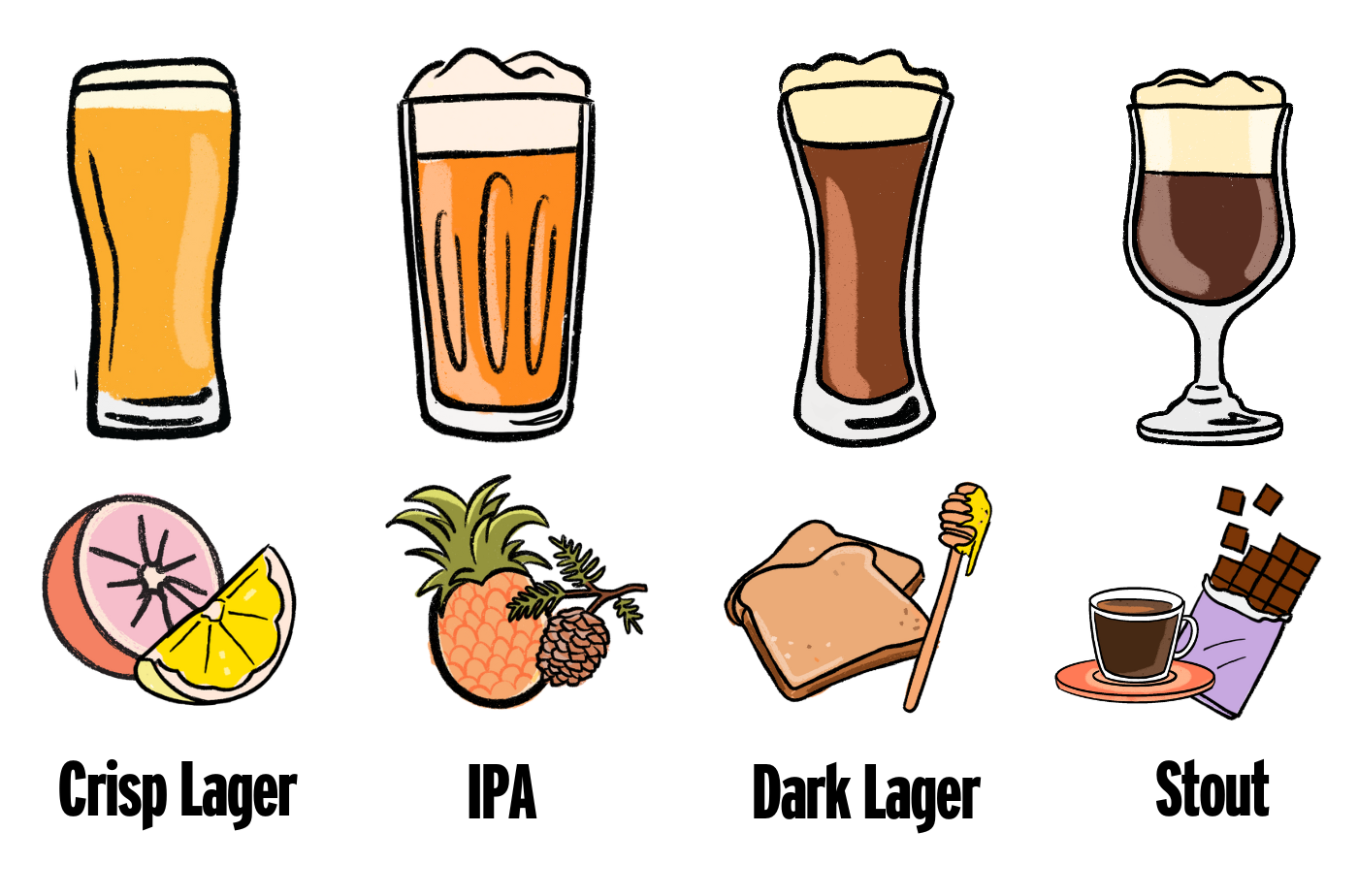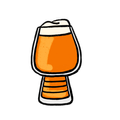

And look good doing it.
How to taste beer (and look good doing it)--racy
Anyone can empty a pint or two on a warm afternoon in the sunshine. Especially when you have a pack of your besties and high-quality conversation as a sideline. But actually appreciating brews like a well-lagered pro is a whole different kettle of beer.
Thankfully, there is a relatively straightforward process to at least look like you’re a beer judge, and the steps mostly mirror the methods of tasting wine. Even better, beer judging, unlike wine, requires you to drink rather than spit, so ‘beer evaluation’ is something you need to get your head around.
So, let’s have a look at the process for how you can taste beer like a cicerone (that’s a beer sommelier).
Pour the beer and take a look--cellar
This might seem obvious, but you can tell a lot by how a beer pours and appears in a (clean) glass. You particularly want to watch the carbonation (are there lots of bubbles? Is there a big head? Does it pour creamy like a Guinness?), the colour and the clarity, all of which are important to appraise quality and style. As they say in the classics, we drink beers with our eyes, with the best brews as much about looking bright/dark/rich, depending on style. And there is a very detailed set of guidelines about how beer styles should look - you can have guides like this up on your phone at all times to show you’re all over this beer-tasting business.

Bonus points: Use your own specialist beer glassware and you’ll look even cooler. Triple points for if you have different beer glasses for different beer types (’yes, that’s my IPA glass. I’ll get my stout glass’).
Take a big sniff--aromatic
Aromatics tell you a lot about a beer. Is it fruity and juicy, or chocolatey and deep? Give the beer a swirl to release the aromatic compounds, and drink those smells in! You want to think about intensity - the best beers often have the biggest aromatic impact. You’re thinking here about freshness, hop aromas (are they too dominant or not enough?) and fruit/brewing process influences (can you smell heavily toasted barley? Mmm). Aromas can also tell much about brewing methods, with ales often smelling more fruity than lager, while different yeasts (like Brettanomyces) add a little wildness. You might smell fruits like lemon or grapefruit in a crisp lager, pineapple or pine in an India Pale Ale (IPA), bread and honey in a Bock, or chocolate and coffee in a Stout.

You can also smell ‘off flavours’ at this point, like Acetaldehyde, which makes beer smell like rotten apples, or DMS, which is like tinned corn has been stirred into your beer. Most importantly, you want the beer to smell like beer, with even the weirdest Nitro Double Passionfruit Lime Milkshake IPA (which is a real beer!) having a distinct beer character at its core.
Bonus points: Smell your beer, put the glass down to admire your delicious beer, and smell it again. The judges do this double sniff because beers smell differently as they warm up!
Taste the beer--wines
We’re up to the best part already! Interestingly, like wine, you can pick up a lot of how a beer tastes from the nose, and tasting the beer is more about textures, mouthfeel and bitterness/sourness. When tasting beer, you want to make sure the beer coats your mouth (so slosh it all around in there) and then swallow it. You want to think here about bitterness, sourness, alcohol warmth and just how it goes down. Great beers usually linger, too - you can taste it for days! To work out if it’s a really great beer, you’re ideally thinking about how it compares to other examples of similar brews (you can pull up those beer style guidelines on your phone to think about styles again). Style is an incredibly important arbiter, as different brewing methods make beer taste very different. For example, adding more hops to the fermenting beer tends to dial up the bitterness in the finished product, sometimes to the point of astringency. Acidity is also a super important element, particularly in sour beers, where a little more acidic tang (usually drawn from the action of ‘good’ bacteria like lactobacillus) turns a beer from something soft and light into a more mouth-puckering, tart drink.

Bonus points: While swallowing your beer, exhale through your nose. This sounds like a mad/stupid skill, but it sends aromas and flavours up your retronasal passage and into your brain.
Enjoy--burger
Go on, have another sip; you’ve earned it!
Andrew Graham is a master winemaker and viticulturist (aka a grape guy) who fell into the wine industry as a beer-loving teenager and never looked back! Voted the 23rd most trusted wine critic on the planet, Andrew judges at wine shows across the globe and runs foolishly long ultramarathons in his spare time (swiftly followed by a recuperative glass of wine/frosty beer).
Do you know your wine personality? If your answer is no, take our quiz to find out which wines to pick up next and build your box!
Build my box





